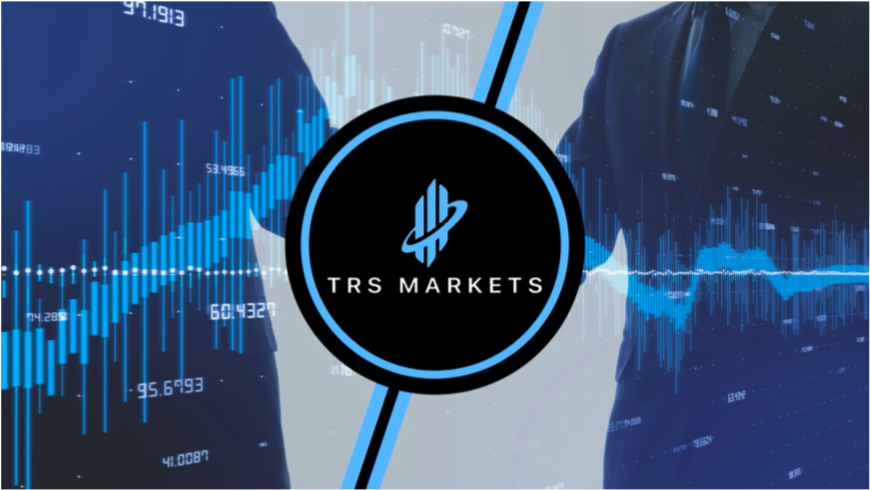To get some perspective on the latest market dynamics that has created so much conversation, I had the privilege to get some thought leadership from a true expert in the investment industry. Ankit Kumar, a private equity investor and technologist based out in San Francisco, California has shared exclusively his explanation on the recent noise about gamestop and the reddit market disruption.
Here is what Ankit had to say.
Over the last few days, a lot has been said about GameStop and the Reddit crowd driving the stock to record levels. There are three popular narratives which appear to have captured people’s imagination. However, while sensational and entertaining, these narratives are also incorrect and take away from some actual timeless lessons that we can all benefit from remembering.
The first popular narrative has been of a David vs. Goliath epic – a war for redistribution of wealth from Wall Street to Main Street. However, far from this noble pursuit, the events of the past few weeks are just the end result of somewhat short-sighted actions taken by three key participants in the financial markets.
The first group of participants is the retail investors fueling a bubble in the prices of GameStop shares. Like any bubble, the inflow of capital into GameStop probably started with a few early investors seeing an opportunity in an undervalued asset. Keith Gill and Michael Burry, it appears have been investing in GameStop since August 2019. As the stock price of GameStop responded to capital inflows, more people saw this as an opportunity to make hay while the sun shines and additional capital flowed in, which drove more demand for GameStop shares and even higher prices. Importantly, during all this frenzy, there was absolutely no change in the underlying fundamentals of GameStop’s business.
The second group is the hedge funds which shorted GameStop. Similar to retail investors, these hedge funds likely started with a sound investment thesis. GameStop, after all is a brick and mortar retailer with too many physical stores operating in a gaming industry increasingly moving online. However, these hedge funds, like Icarus with his wings, got enamored by the trade and flew too high – driving the short positions to 140% of GameStop’s float, and setting up extremely dangerous conditions ripe for a short squeeze. I would not be surprised if their brethren in the hedge fund world have already set up screens to avoid stocks where similar large short positions are building up and retail investors are banding together on social media in opposition.
The third, and most important group is the Federal Reserve and US Treasury, which have been conditioned to the almost unlimited demand for US treasury debt in global markets, primarily as a result of the US dollar’s position as the world’s reserve currency. These federal agencies have feasted on continued printing of dollars to fund deficits and support dollar denominated assets. This easy credit in turn fuels both, the hedge funds’ ability to lever up and short large amounts of stock, as well as, the retail investors’ desire to speculate as they chase yields not available in other parts of the markets, and try to keep up with their wealthy counterparts, whose net worth has benefited over the last decade because they owned assets.
The second popular narrative has fueled conspiracy theories related to the temporary stoppage of GameStop share purchases on Robinhood on January 28th. Fueled by Robinhood’s business model which relies on payments for order flow, these conspiracy theories ignore the fact that this business model is also the reason why Robinhood is able to offer zero commission trades. They also ignore the simpler explanation that Robinhood, most likely, had to wait and post additional collateral with the Depository Trust Company before it was allowed to further increasing its net buying position. A requirement which is quite formulaic, and exists to insure against the event that a brokerage, such as Robinhood, goes bankrupt between the time the buying positions are entered into and when they are finally settled, usually two business days.
The third popular narrative involves questions around whether it was mathematically kosher that the short positions grew to almost 140% of GameStop’s float. While ill-advised and dangerous, the fact this happened is no conspiracy. It is a result of there being no limits to the number of times a stock can be lent out. For example, if a company has 100 shares outstanding, investor A can borrow 70 of these and sell to investor B, who in turn can lend these to investor C who sells them to investor D. Then net result is a short position of 140 shares on a float of 100.
While it is easy to get swept away by snappy narratives and conspiracy theories, it may serve us better if we take the time to understand the underlying dynamics of the game being played in the markets these days. Doing this might not lead us to the next spectacular stock market jackpot, but it hopefully will ensure we do not get robbed at the corner-store while we buy the lottery ticket. The stock market after all, is the only place where the demand for an asset increases as the price goes up, and bubbles of course are nothing new. From the Dutch tulip mania in 1637, to the first stock market bubble orchestrated by John Law, France’s controller of treasury, in 1719, bubbles have formed and burst, following a quite predictable pattern of over-trading and euphoria followed by a stampede to sell and distress.
Paraphrasing Warren Buffett – it is like Cinderella at the ball, enjoying a hell of a party while planning to leave just before the clock strikes twelve.




